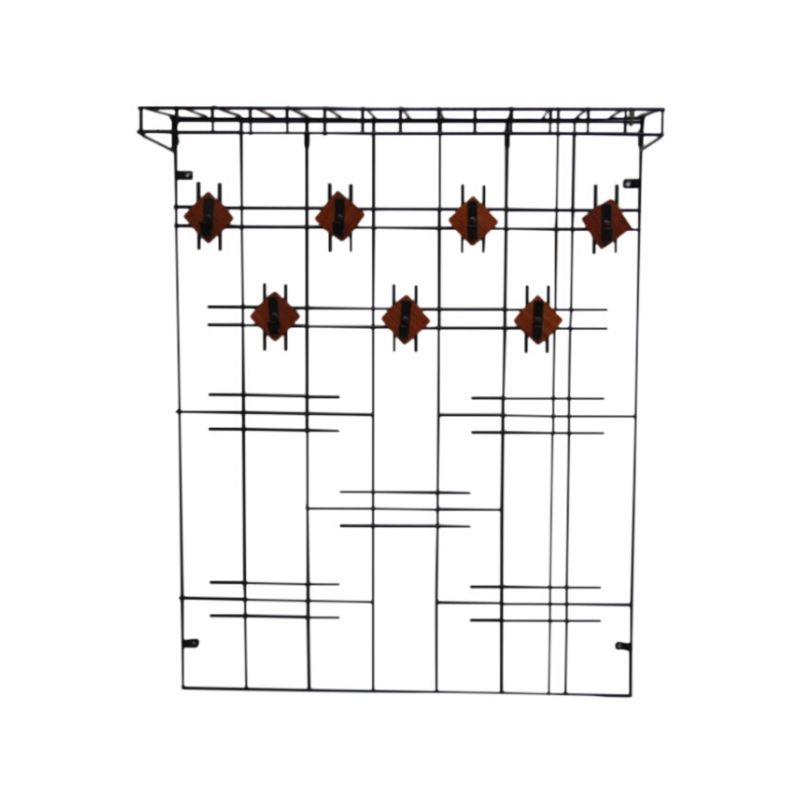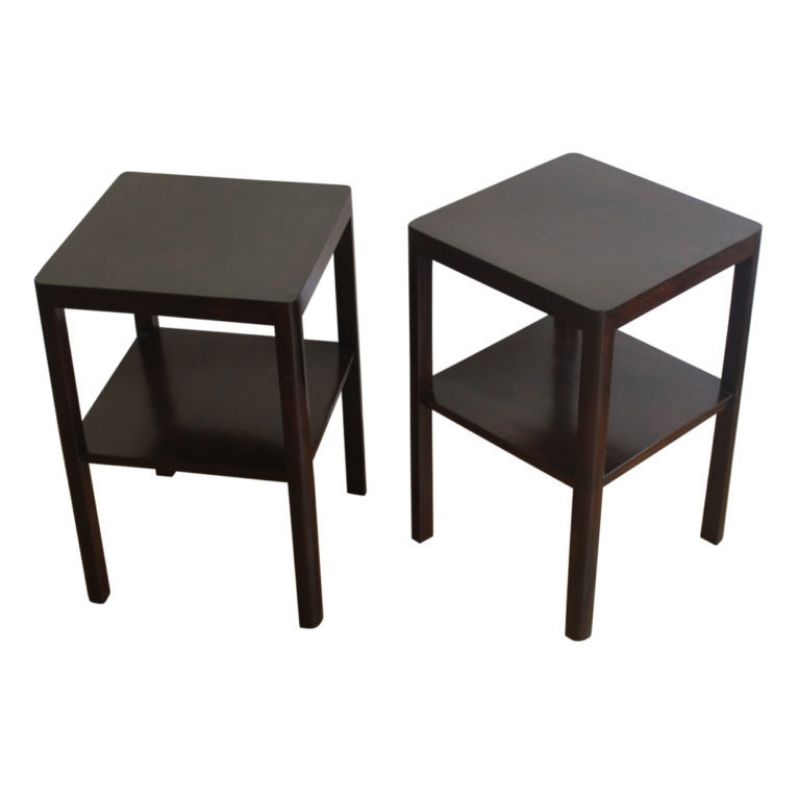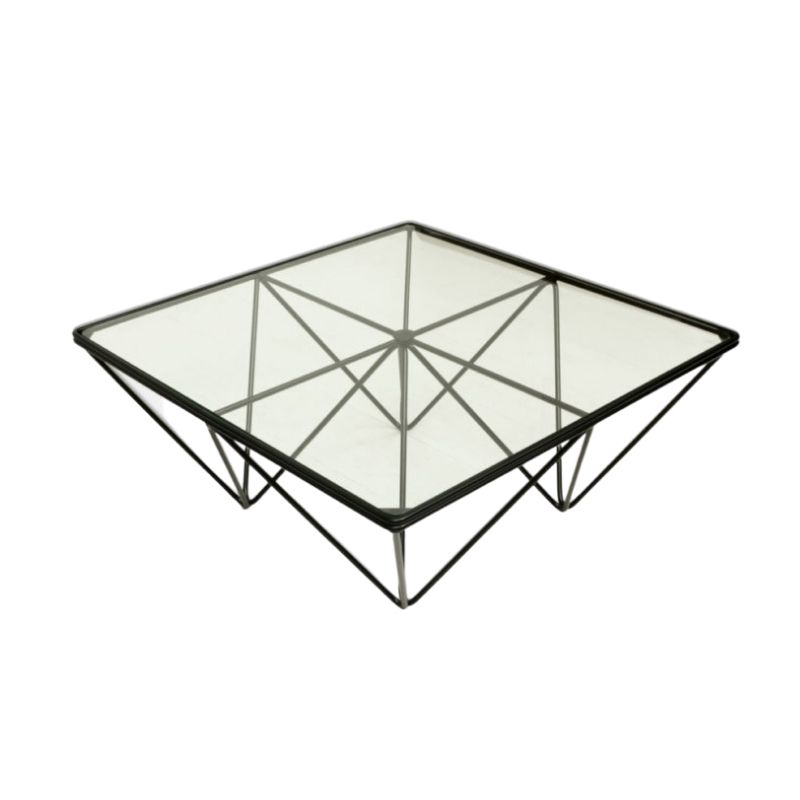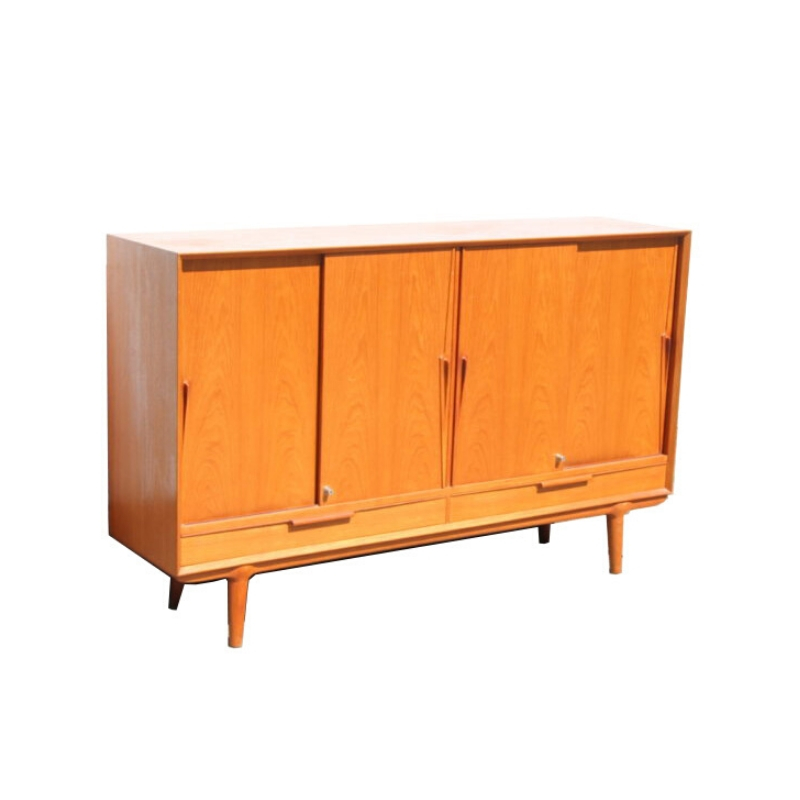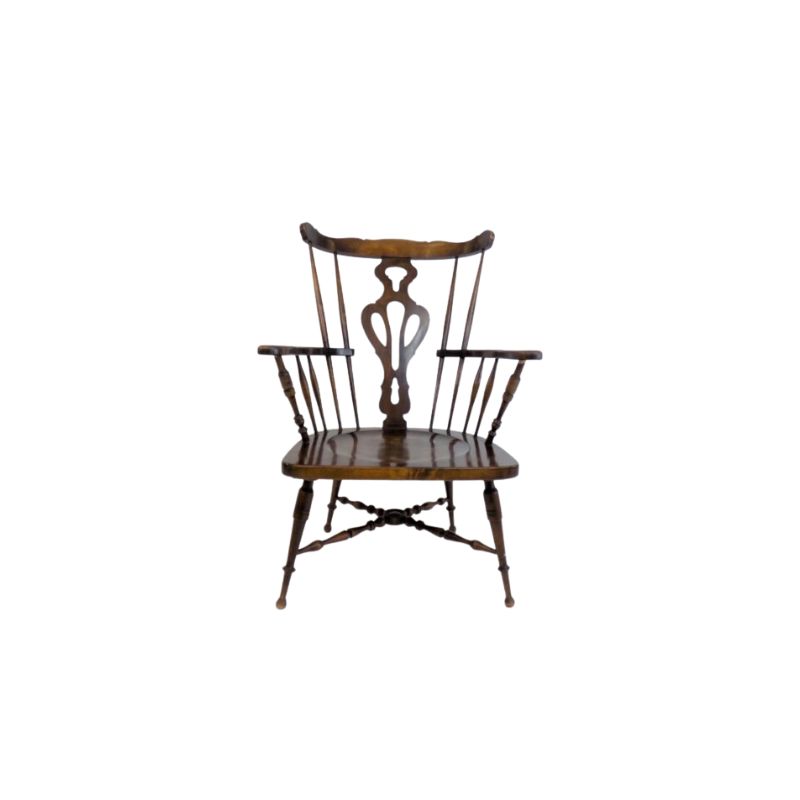I have a Burke tulip base in bare
aluminum and it had some dark spots on it that wouldn't budge with Mother's polish or Noxon or anything else I could find. I actually carted it to a body shop, figuring they polish mag wheels, right? They said it was hopeless (though I suspected they just weren't interested in the job).
So I researched online and found some source somewhere that said to sand it with very fine grit sandpaper and oil. I think I did maybe 220 and 320 and it looks a LOT better. I don't care if it's not a mirror finish, I just wanted it to be more even in color.
I also got rid of some very light corrosion with this, too. I think 420 and then 600 would take care of any polishing marks. Just be sure to use oil with it. Mineral oil is fine.
An effective way to get out heavy corrosion and pitting
is to polish on a felt buffing wheel, with three progressively finer grades of compound. Finish with hand polishing and Mother's or similar product. Takes a little practice to do well, and it makes a mess, but it really delivers a great finish.
Obviously, this is easiest if you have a power buffer, mounted on a stand. (I don't.) If you're just doing one chair--as I did awhile back--you can get by with a buffing wheel that's mounted in a power drill.
A good hardware store/Sears/etc. will sell you a kit with several sticks of compound plus the buffing wheel and its mounting arbor.
I've tried sanding aluminum (...
I've tried sanding aluminum (not a 670) in the past. I used water as a lubricant but not oil but the result was not very good. Though it cleared some of the gunk, it left many minor scratches all over the surface. I forgot exactly what grit I used but I think it was pretty fine already.
The trick is to
"work through the grades".
Quality sandpapers are graded by grit particle size and leave a pattern of scratches correspondingly deep. It's really a series of steps working with incrementally finer grades to level the surface with a pattern of shallower scratches. The higher number of the grade, the finer the scratches. The finest grades of abrasives are usually sold as buffing compounds and polishes suspended in either wax, paste, or liquid. They will not, however, remove enough material to level the deeper scratches left by lower-grade sandpapers.
It seems that you'd like to polish the tops of your cast aluminum bases to appear as new, but you've got a few spots that might be corroded. I'd try carefully scraping just those areas with a sharp steel blade held at a shallow angle followed by a series of the finest grade wet/dry papers you can get. Micro-Mesh is one brand I've used. They have kits for restoring acrylic aircraft windshields that might work well. 3M offers kits for automobile headlamp lens restoration that would probably work well on aluminum, too, and are readily obtained. Technically, aluminum is nearly as soft as acrylics like Plexiglas.
In practice, you can often skip a few grades here and there as you work up. At least it works out that way with wood, but metal is less forgiving, especially if a mirror finish is your goal. Be careful, though, there is such a thing as "too shiny"!
If you need any help, please contact us at – info@designaddict.com



